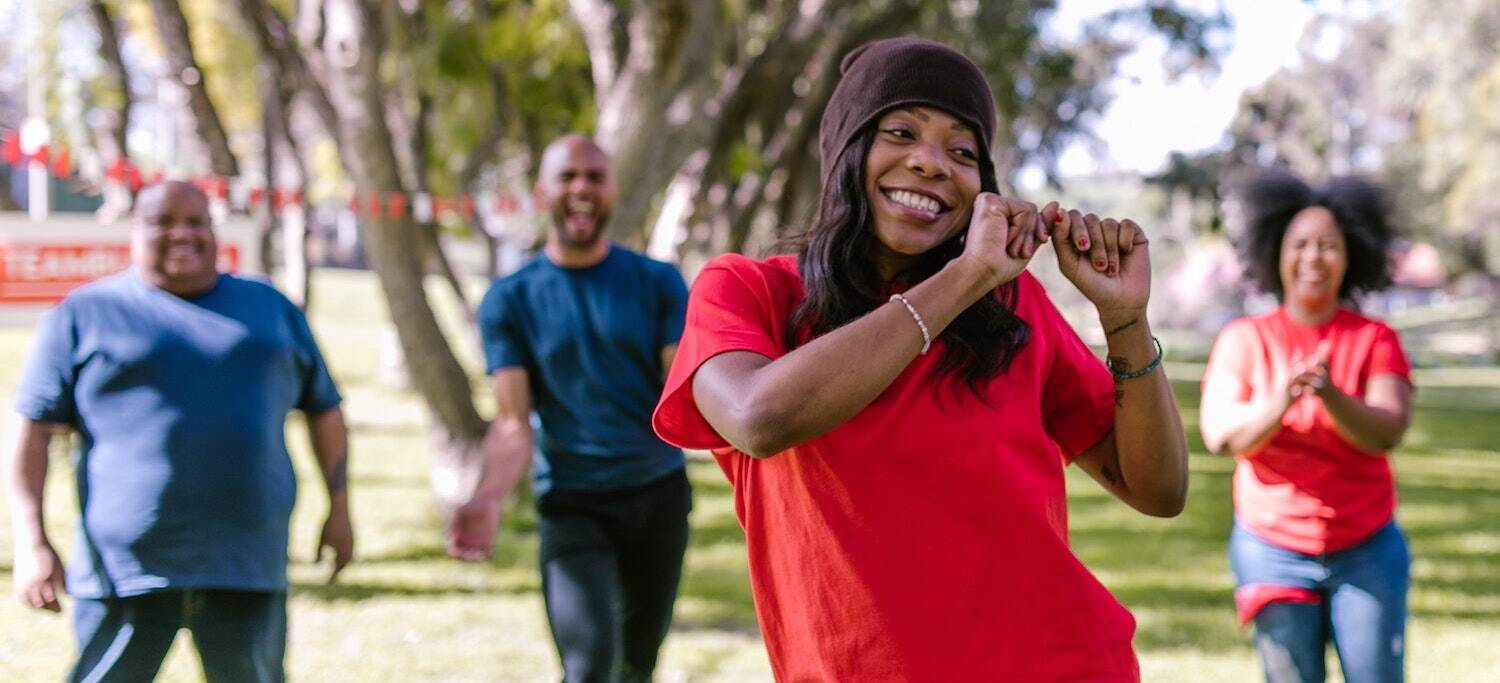
Chronic headache pain is something millions of people experience. It’s a condition that reduces quality of life and leaves people scrambling for answers as they look for ways to find relief. One of the last places they would likely look is to the dance floor, but new research suggests that it may be a good option to consider. We have known for a long time that dancing tends to make people happy, but now there is light being shed on the idea that it may also help alleviate chronic headache pain.
Researchers put mindfulness-based dancing to the test and reported the results of their study in the April 2021 issue of the journal Frontiers in Psychology [1]. The study included 29 patients who have chronic headache pain. They were randomly put into either the group to receive mindfulness-based dance therapy or a group to receive what the researchers referred to as treatment as usual.
The participants who were in the dance therapy program were offered 10 sessions of mindfulness-based dancing over the course of five weeks. They gathered data regarding how they were feeling before the study began and once it was over, and they did a 16-week follow-up to see how they were doing with the chronic headache pain at that point.
Like what you’re learning? Download a brochure for our online, postgraduate pain medicine certificate or master’s degree program in partnership with the Keck School of Medicine of USC.
What they found was that those who participated in the mindfulness-based dancing therapy had a significant reduction in pain intensity, as well as in depression. Those who had been engaging in the dance therapy not only reduced the pain they were living with, but they felt happier overall. These results were even maintained at the 16-week follow up.
This study provides hope for those who have chronic headache pain. Adding dancing to your life may be the ticket to help reduce pain, improve mood, and ultimately increase quality of life. Mindfulness-based dance therapy is an affordable option for those who want to give it a try and see if it helps with their condition or overall quality of life.
Mindfulness-based dance therapy is considered a mind-body therapy, which are things that people can do that help to enhance the mind’s interactions with the body. Using mindfulness in dancing would include focusing on the body and breath during the dancing. Engaging in it just twice a week on average helped those in the study, and it may help you, too.
If you’d like to give mindfulness-based dancing therapy a try, contact some dance places, community centers, and physical therapy offices in your area to inquire about where it may be offered. If they don’t offer it yet, maybe they will once they hear of this research.
Sources:
- Frontiers in Psychology. The Development of Mindfulness-Based Dance Movement Therapy Intervention for Chronic Pain. April 2021.
USC’s Online Degree in Pain Medicine
Pain Medicine online degrees provide education to a wide variety of health professionals. Consider enrolling in our online, competency-based certificate or master’s program today!
